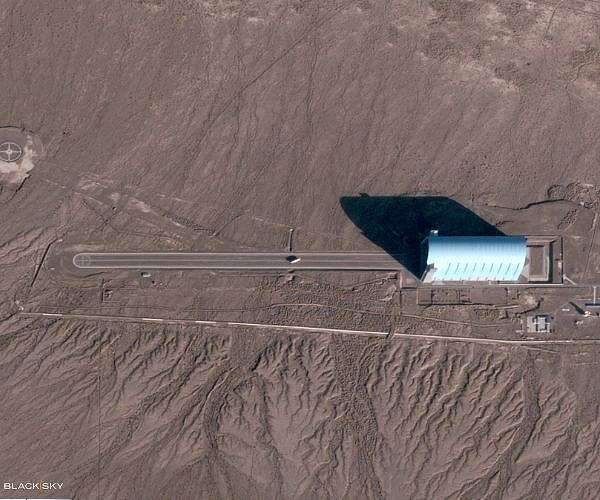3.05.2023

Real-time satellite intelligence company BlackSky recently released the first and only known public image that, according to a third-party intelligence analyst, contains an alleged lighter-than-air (LTA) craft at the Korla East Test Site, China. The rare image was captured Friday, November 4, 2022, at 9 a.m. local time and is one of only two images, from among more than 1,000 images collected over the duration of one year, showing a likely airship on the ground. (Image: BlackSky)
BlackSky Technology Inc. (NYSE: BKSY) released the first and only known public satellite image, according to a third-party intelligence analyst, of an alleged aerostat at the Korla East Test Site, China. The rare image was captured Friday, November 4, 2022, at 9 a.m. local time and is one of only two images, from among more than 1,000 images collected over the duration of one year, that shows a likely airship on the ground.
"BlackSky has permanently changed how humanity will use space to deliver actionable intelligence," said Brian E. O'Toole, BlackSky CEO. "Capturing this early morning image was only made possible after building the world's first commercial high-frequency monitoring satellite constellation and AI-driven tasking and analytics platform."
BlackSky's first-of-a-kind commercial constellation provides reliable and dynamic hourly monitoring, up to 15 times a day from dawn until dusk.
"Continuous, around-the-clock monitoring gives our most demanding customers the unique ability to see anomalies, capture rare events and stay informed about critical areas of interest in real time," O'Toole added.
The company delivers thousands of images and analytics every month to government organizations worldwide, delivering transparency and insights into border crossings, nuclear and port facilities, and other strategic and economically critical infrastructure at scale.
Quelle: SD
